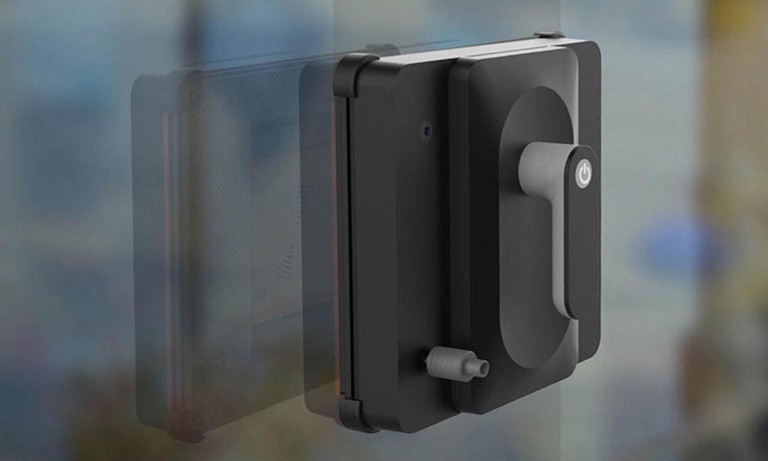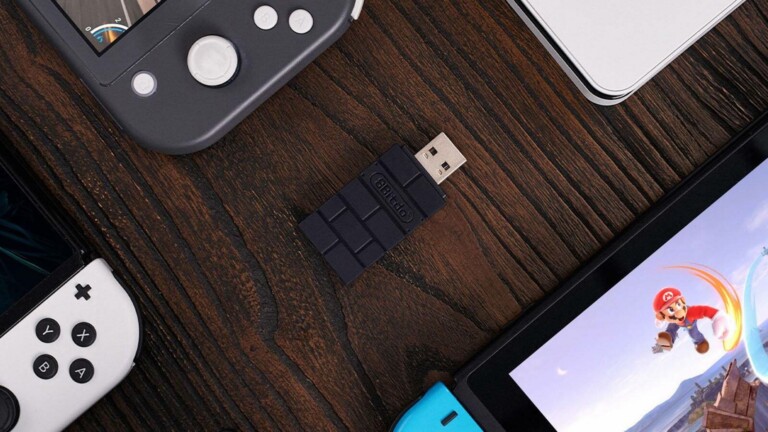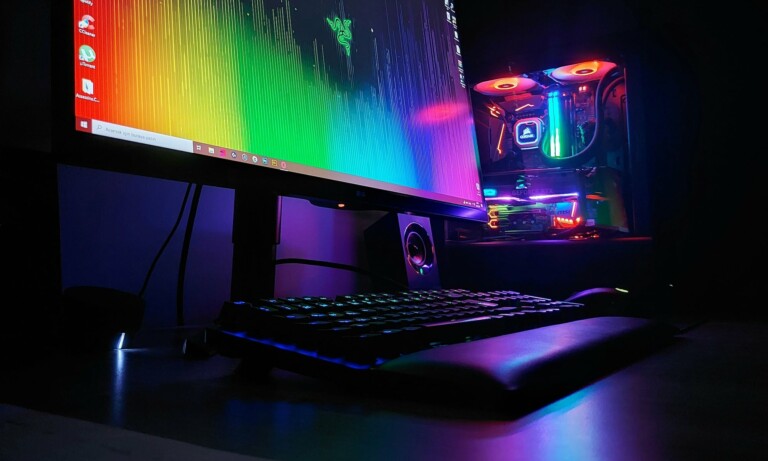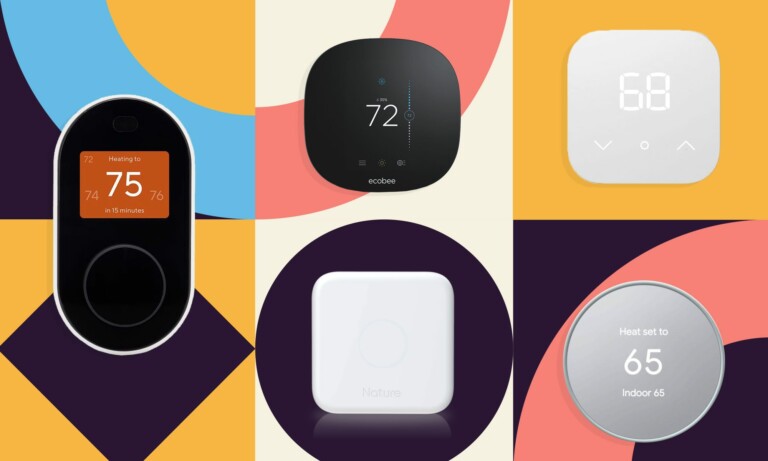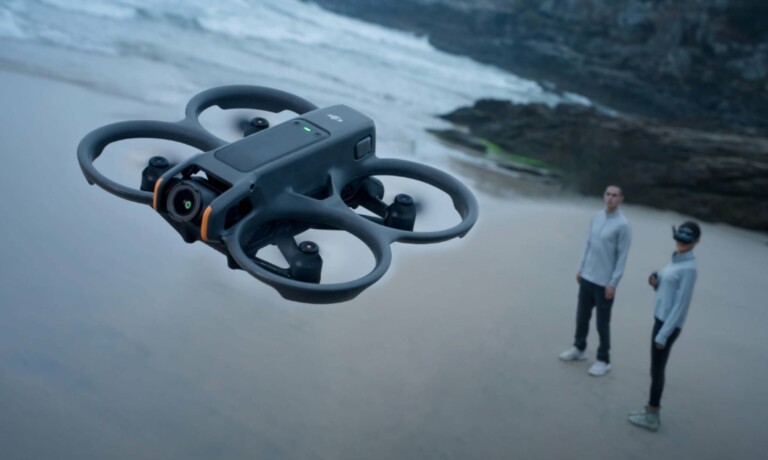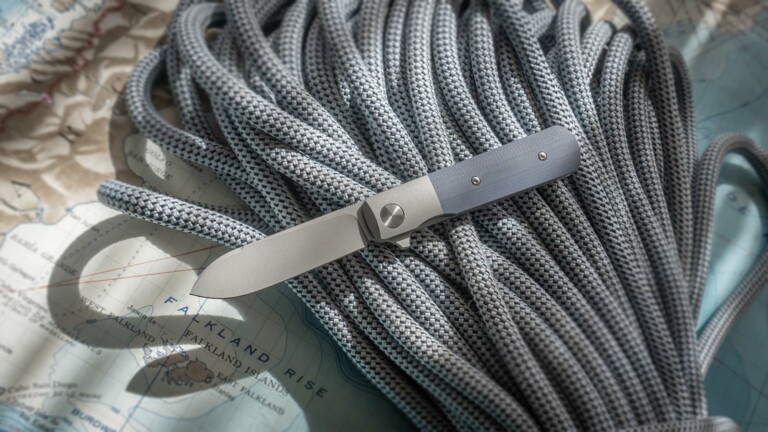How to Install Color Profiles on Your Monitor
With the RGB color model, we can display (or capture) 16.7 million colors. But which ones to use out of them becomes a big ask. That's where a color profile steps in. They are basically a set of details instructing the operating system on how colors ought to appear on your screen. This article highlights the steps required to install a color profile on your monitor.

A computer monitor with proper color representation is vital, especially for someone who likes to play games, edit videos professionally, or works with photography. Given that displays are built differently, it’s vital to make sure that you use the correct color profile to make certain that the colors will appear natural.
Colour profiles are basically a set of details instructing the operating system on how colors ought to appear on your screen. The only way you will be able to see the colors in the manner that was intended by the manufacturer will be by using the appropriate profile for that device, be it a scanner, printer, camera, or monitor.
Why Colour Profiles?
Every gadget has a set color space that it can display. It’s the reason why images appear different in a brochure, poster, or monitor. Printing papers tend to be challenging due to their varying texture and coloring. Color profiles, therefore, aim to produce predictable and consistent color results on diverse gadgets by accounting for the features of the different types of printing papers as well as the printing techniques.
In order to realize this, the ICC (International Colour Consortium) cultivates color profiles for diverse media. Profiles developed by the ICC are available for free download and are compatible with Mac OS, Windows, and all other normal operating systems. On the other hand, you should note that the profiles are normally not installed on the PC by default.
The computer user is required to manually install the profiles. A user is also required to embed the International Colour Consortium profiles in their layout programs. The profiles are frequently developed further to make them better.

Color Profile Basics / Credits: ©istock.com/bellabrend
How to Locate a Profile
Computer users can find color profiles from two main places. The first place to find an ICM or ICC file will be to visit the display manufacturer’s website. On the website, try and locate the download page for your specific model. On this page, you will find a .ICM or .ICC file that has been provided for download.
You are also likely to come across a bigger .zip file or monitor driver package provided for download. But you should note that not all the manufacturers will make these profiles available. It all depends on the model that you are using. Alternatively, you can also check on enthusiast websites.

Color Profile Installation / Credits: Benq
Another option is to perform a web search using the monitor model number. Make sure to add “ICM” or “ICC” or “color profile” with your search phrase.
Installing a Profile on Windows OS
- Having located the color profile, you can now proceed to install it in your operating system. For those using Windows 7, 8, or 10, you will start by accessing the Start menu. Use the search button to locate “Colour Management”. Once located, click on the Colour Management shortcut.
- When it opens, specify the device that you would like to calibrate by checking the “Device” box. This only applies to users who have connected multiple devices to their PC. If you do not have many devices, clicking on the box will automatically select the only available display. In case you need some help differentiating the displays, be sure to click on “identify Monitors.”
- Clicking on this button will cause numbers to appear on all the displays. If you are interested in installing a color profile for your printer, make sure to choose a printer as opposed to selecting a display. The other process is very similar. You will then need to ensure that you have checked the “Use my settings for this device” box for the device that you want to calibrate.
- The next step will be to click on the “Add” button to help you add a new color profile. If you come across a button that has been greyed out, go back to the above step to enable the checkbox. You will then see a list of color profiles that have already been installed on the operating system.
- In order to install a new ICM or ICC file, proceed by clicking on the “Browse” button. Locate the particular file that you would like to install and then double-click on the file. The color on the monitor should change as soon as you have started utilizing the new profile.
- You should be able to view the color profile that you have installed among the list of profiles that are associated with your device. For those that have installed multiple profiles, they should choose the one that they want to use from the available list. Once chosen, the next step is to click on the “Set as Default Profile” button to make it the default profile.
If you have installed a profile for the printer, the profile will appear in the print dialog.
How to Undo Changes Made on Windows
In the event that you do not like how these changes have affected the colors, you can undo them quickly. All you will need to do is to click on the “Profiles” button that appears on the bottom-right corner of that window. Having done that, proceed to click on the “Reset my settings to the systems defaults” button.
